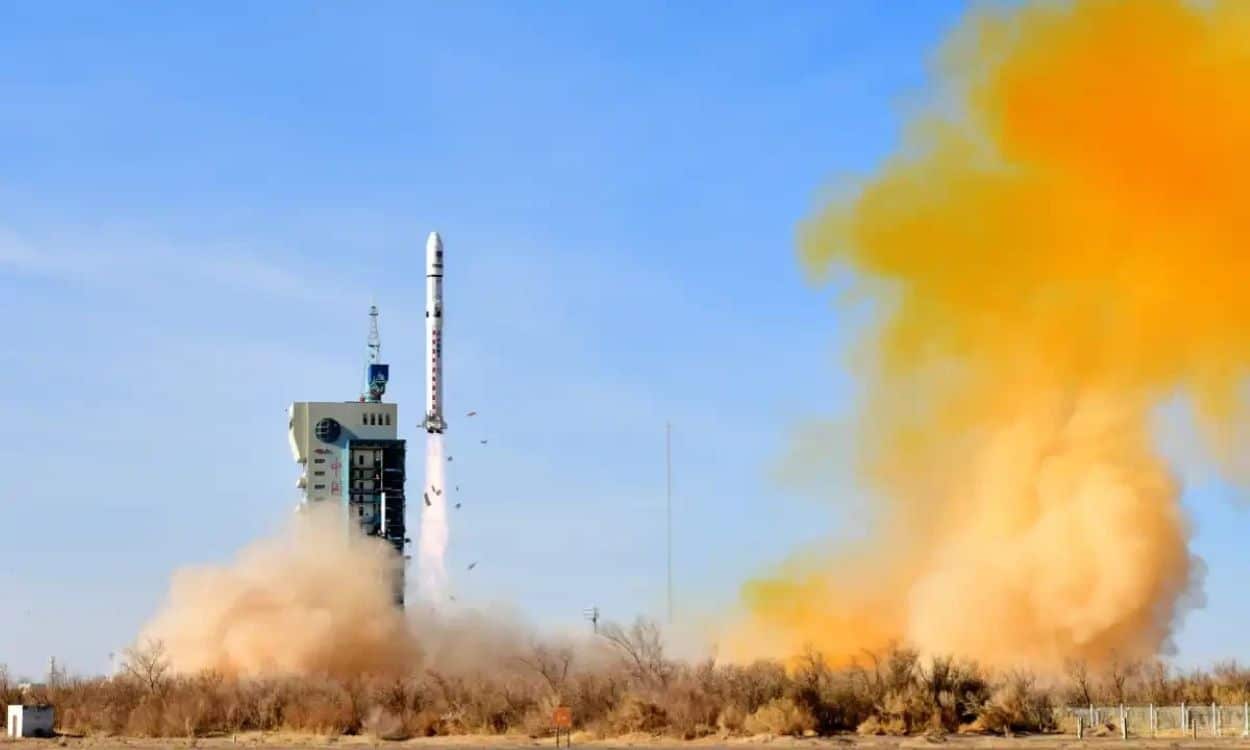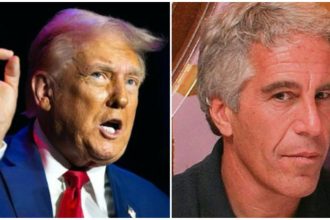On Friday, Pakistan’s Space and Upper Atmosphere Research Commission (SUPARCO) launched its first fully indigenous Electro-Optical (EO-1) satellite into space from China.
The launch occurred at China’s Jiuquan Satellite Launch Centre and was live-streamed from SUPARCO’s Karachi complex, enabling Pakistanis to witness the satellite’s ascent.
The EO-1 will monitor environmental changes, track natural disasters, and collect data crucial for agriculture, such as crop health, soil moisture, and weather patterns. These functions aim to enhance agricultural productivity.
A SUPARCO expert, Zain Bukhari described the EO-1 as a landmark achievement. “Equipped with a high-resolution camera, EO-1 will capture detailed terrestrial images to support various applications,” Bukhari explained.
He highlighted that the EO-1, designed and built by SUPARCO’s engineers, marks a pivotal step toward Pakistan’s self-sufficiency in space technology.
Bukhari also mentioned that the satellite underwent extensive testing to confirm its readiness for operations.
The satellite will provide vital data for several sectors. It will be instrumental in disaster management by offering real-time data during crises like floods and earthquakes, thus enhancing damage assessment.
The EO-1’s capabilities in agriculture will enable precision farming, helping monitor crop conditions, manage irrigation, forecast yields, and bolster food security efforts.
The satellite will also support urban development and planning by monitoring infrastructure expansion and assisting in city and regional planning efforts. Environmental monitoring will also benefit, as the satellite will provide updates on floods, landslides, deforestation, and soil erosion.
Moreover, EO-1 will contribute to natural resource management by monitoring minerals, oil and gas fields, glaciers, and water resources.
This launch underscores Pakistan’s advancing space technology capabilities and its commitment to expanding its space sector, representing a significant move toward greater autonomy in the field.






